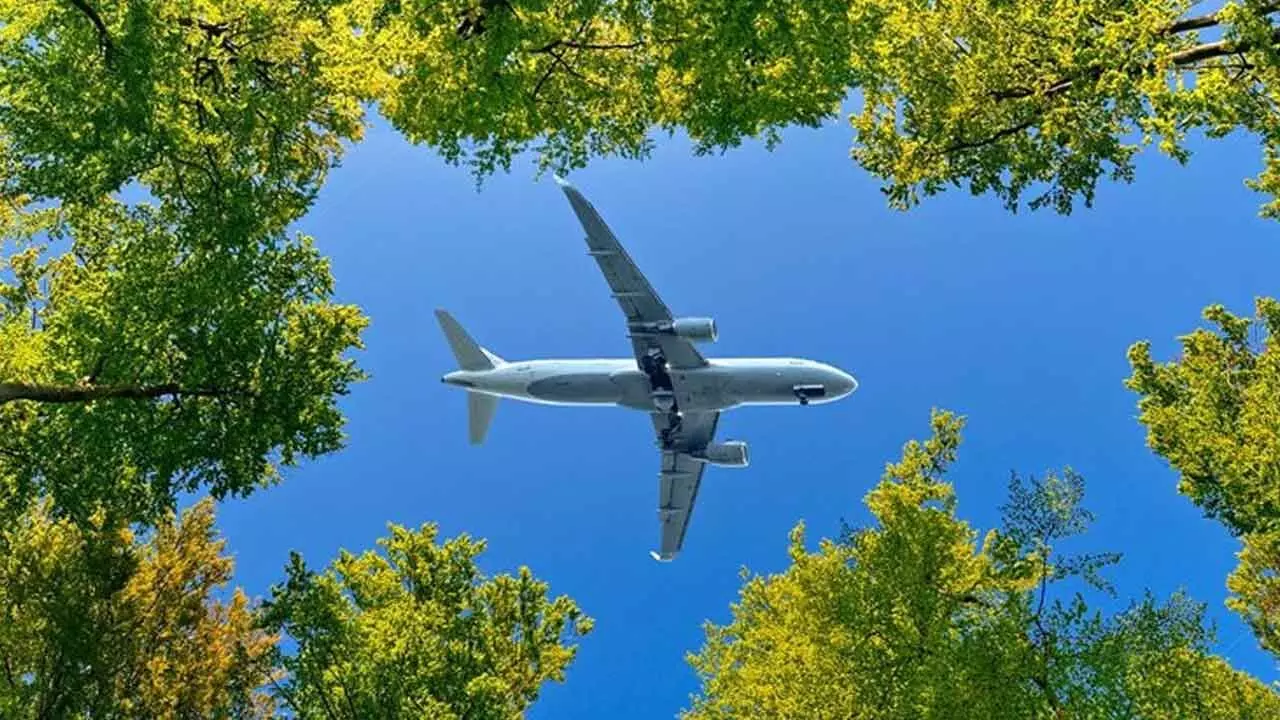Going about aerospace sustainability till 2050 will be a forward moving decision
Going about aerospace sustainability till 2050 will be a forward moving decision

The key theme of the latest Farnborough International AirShow 2024 was sustainability. The need to develop a fuel which will be environment-friendly, easy availability to meet the growing demand, low-cost and more efficient than fossil fuels was uppermost on the minds of airline executives as they debated the way forward. The aviation industry’s net-zero carbon emissions target is focused on delivering maximum reduction in emissions at source, through the use of sustainable aviation fuels (SAF), innovative new propulsion technologies, and other efficiency improvements like improvements to air traffic navigation.
SAFs are liquid fuels that are currently used in commercial aviation. It can reduce CO2 emissions by up to 80 per cent. It can be produced from a number of sources (feedstock) including waste fats, oils and greases, municipal solid waste, agricultural and forestry residues, wet wastes, and non-food crops cultivated on marginal land. They can also be produced synthetically via a process that captures carbon directly from the air. SAFs are ‘sustainable’, as their feed stocks do not compete with food crops and do not require incremental resource usage such as water or land clearing, and more importantly do not promote environmental challenges like deforestation, soil productivity loss or biodiversity loss.
Whereas fossil fuels add to the overall level of CO2 by emitting carbon that had been previously locked away, SAF recycles the CO2, which has been absorbed by the biomass used in the feedstock during the course of its life. SAFs are liquid fuels currently used in commercial aviation, which can reduce CO2 emissions by up to 80%. It can be produced from a number of sources (feedstock) including waste fats, oils and greases, municipal solid waste, agricultural and forestry residues, wet wastes, as well as non-food crops cultivated on marginal land. They can also be produced synthetically via a process that captures carbon directly from the air. IATA estimates that SAF could contribute around 65 per cent of the reduction in emissions needed by aviation to reach net-zero in 2050. This will require a massive increase in production in order to meet the growing demand. The largest acceleration is expected in the 2030s because when policy support becomes global, SAF becomes competitive with fossil kerosene and credible offsets becoming scarcer. This, in a way, is inevitable.
The narrative is to adopt globally recognized sustainability standards and work to harmonize standards. It must be ensured that existing policy incentive frameworks designed for ground transport, also include aviation, and apply higher incentives for aviation over ground transport, which has other energy alternatives. It is the right time to encourage user-friendly SAF accounting methods, including developing an industry designed functioning book and claim framework and seek to harmonize global standards apart from the need to support sustainable aviation fuel R&D and demonstration plants. The government must implement policies that de-risk investments into SAF production plants and engage in public private partnerships for SAF production and supply. Most importantly there is a need to commit to policy certainty or a minimum policy timeframe that matches investment timeframes.

